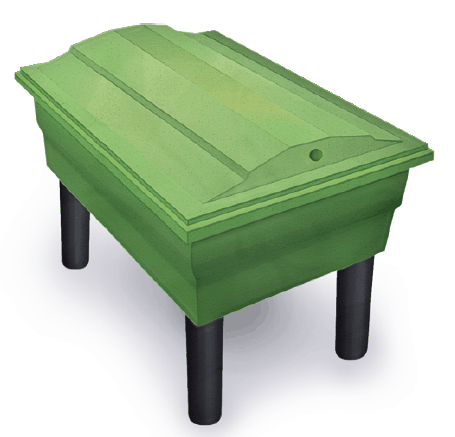Your cart is currently empty!
All about sludge management

Own sludge management for your own sewer
You can take care of the sludge from the 2-chamber well yourself according to the Swedish Environmental Protection Agency with your own sludge management. The sludge must be composted for at least six months.
Sludge is waste, and the Swedish Environmental Protection Agency has national responsibility for supervisory guidance in this area. The municipal waste management order must specify how waste in the municipality is to be managed. There should be information on how to apply for exemption from the collection of sludge from sludge separators (Chapter 15, Section 25 of the Environmental Code).
The amount of BDT sludge is incredibly small as the microorganisms take care of everything if you do not empty the sludge separator every year of all bacteria, but return the water to the well again.
– recycles nutrients
– removes sludge emptying fees
– reduces heavy transport
– reduces load on wastewater treatment plants
Never step into the sludge separator!
There is a risk that toxic and explosive gases and oxygen deficiency may occur in sludge separators.
Function:
A pump pumps the sludge from the sludge separator up to the sludge dewaterer. The sludge is separated in a filter bag, while the water is returned to the sludge separator. The pump is stopped when all the sludge has been pumped to the filter bag. The remaining water in the filter bag is allowed to drain off.
SAV 1 is moved to a site where the separated sludge is allowed to compost for 3-6 months. The sanitized sludge can then be used as a soil conditioner.
Pump:
A cutting pump is most suitable, but tests show that an ordinary bilge pump with 10 mm free opening also works, if there is no tough paper, tops, etc. in the sludge
Hygiene, cleaning: Wear protective gloves that can withstand moisture. Clean equipment (pump, hose) and wash hands after finishing work.
